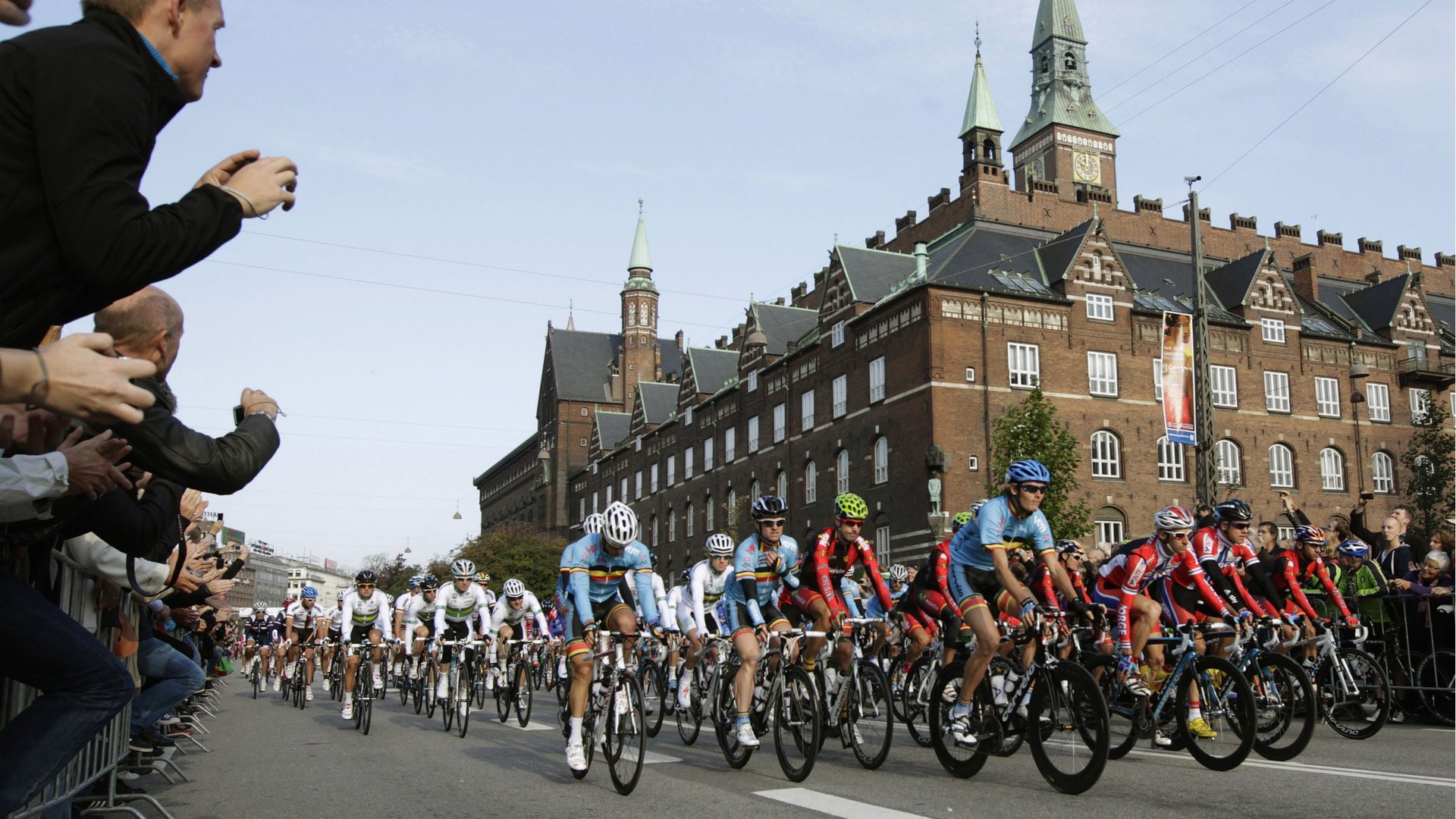The American Dream lives—in Copenhagen and Pittsburgh
The American Dream is dead. Long live the American Dream. These were the confusing messages from last week: a ground-breaking new Harvard/UC Berkeley study proved our economic mobility is dictated as much by our parents’ income as it is by the city in which we were born, and President Obama promised a “better bargain” for the middle class in his weekly address, summarizing his recent speeches on the state of the US economy.


The American Dream is dead. Long live the American Dream. These were the confusing messages from last week: a ground-breaking new Harvard/UC Berkeley study proved our economic mobility is dictated as much by our parents’ income as it is by the city in which we were born, and President Obama promised a “better bargain” for the middle class in his weekly address, summarizing his recent speeches on the state of the US economy.
Discussions over rising income inequality and the credibility of the American Dream in a globalized world are by no means new. Neither are studies that seem to prove that while Americans hold on to the “rags-to-riches” story it is increasingly becoming a myth. European countries—especially Denmark, Sweden, Finland and Norway—are the place where dreams are (now) made and economic advancement over a generation is truly possible.
In one of the most comprehensive, comparative studies looking at these countries, the US and the UK, Jäntti, et.al. (pdf) (2006) argue that the United States does remain exceptional—“but not in having more mobility, but in having less.” More than 40% of US males born into the poorest income group stay there over through lifetime, as measured in income over time. Other measures of inequality, such as the Gini index, which measures the extent to which the distribution of income among individuals or households within an economy deviates from a perfectly equal distribution, has the United States trailing even Iraq—with the Sweden, Denmark and Norway again coming out on top.
Sure, Nordic economies are small, largely homogeneous and supportive of a social model that redistributes tax income to create a generous (even a “cuddly”) welfare state that might be less innovative overall. And governments there, too, are rethinking entitlements in a changing global economy. However, they still “correct” for what might be a poor economic starting point elsewhere, by investing in early childhood education (but not necessarily more spending on secondary education), maintaining a unified system of high-school education, offering financial support for tertiary education, and providing integrated housing/neighborhoods and strong social networks, a 2010 comparative OECD study finds. Despite the higher marginal tax rates, Danes are about as rich, on average, as Americans; their GDP per capita is at $59,889 compared to $48,112 for the US for the 2008-2012 period, according to the World Bank. They spend less on health care and still get better results. And, to top it all off, despite the squeeze that the country has felt with the knock-on effects of the euro crisis.
“We probably spend our money differently here. We don’t buy big houses or big cars, we like to spend our money on socializing with others,” says Christian Bjornskov, an economics professor at Aarhus Business School in an interview with the New York Times.
Back in America, home ownership remains a hallmark of a rise to the middle class, a vehicle for wealth creation and increased economic growth. The president has not been averse to learning from the successes of other countries, as he has proven in successive State of the Union addresses. In his speech at Knox College lastweek, he issued a call for ideas to close the widening inequality gap from CEOs, college presidents and NGOs. But given the differences in size, diversity, tax base and social system, what could the United States learn from Denmark? Or are their lessons to be learned closer to home?
The great contribution of the much-discussed study published in the New York Times by Chetty et.al. must be its findings that tax credits for the poor and higher taxes for the rich (the fundamental tenets of redistribution), are seemingly weaker factors taken alone. Other factors matter more: How a city integrates families in mixed-income neighborhoods (the dispersion of the middle class); the concentration of two-parent households in specific areas; better elementary schools and high schools and greater civic engagement (or “Social Capital”) have a greater effect on “making it.” Copenhagen as a city, with its urban density, transit-oriented development and co-housing movements of demographically diverse populations gets this right. Other elements of the country’s social fabric contribute.
But, as Chetty’s team proves, Seattle, Boston, New York, Salt Lake City and Pittsburgh also get it right—each in their own way in the American context—rivaling levels of upward mobility for the poor found in Denmark and Norway. They also point out that realizing the American Dream might still be possible, if you’re willing to relocate to one of these places: “Children who moved at a young age from a low-mobility area to a high-mobility area did almost as well as those born there,” the New York Times finds.
If certain metropolitan areas are the regions in which the American Dream still thrives, surely mayors—not just business and academic leaders—need to be at the top of the president’s list of idea-generators. With Congress mired in partisan discussions, cities are experimenting and innovating around the factors which Chetty’s study highlights, Bruce Katz and Jennifer Bradley of the Brookings Institution argue in their new book. Even neighborhoods in Detroit seem to be investing in the right sort of social capital to revive the city from the inside out and create growth. To reanimate the American Dream, the president might not have to place a long-distance call to Copenhagen afterall.